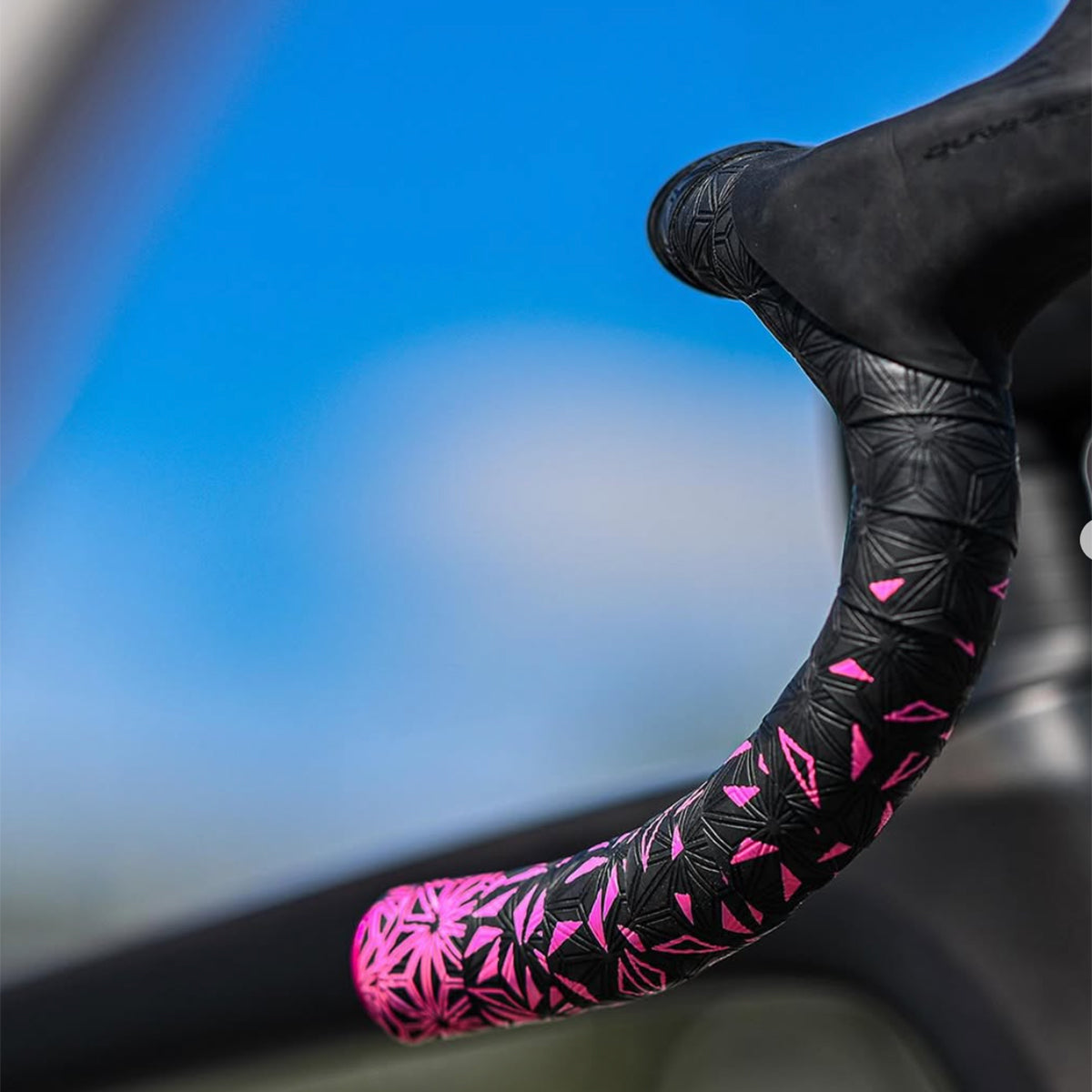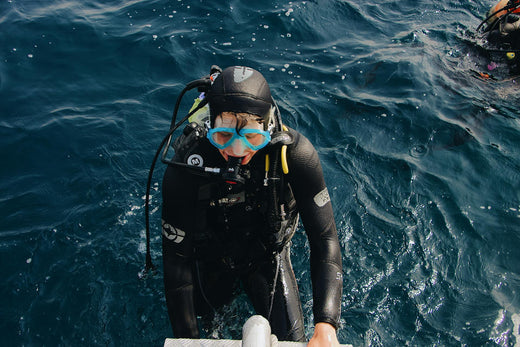MIPS (Multi-Directional Impact Protection System) is a safety technology designed to reduce the rotational forces that can occur during a bike crash. It was developed to address the limitations of traditional helmet designs that primarily protect against linear impacts (straight-on hits).
Here’s how MIPS works:
- Rotational Impact Protection: MIPS technology uses a low-friction layer inside the helmet, typically a thin plastic or elastomeric (flexible) layer, that allows the helmet to rotate slightly upon impact. This rotation can help reduce the rotational forces transferred to the brain during a crash, particularly when the helmet is hit at an angle.
- How It Works: In a typical crash scenario, the head may be subjected to an angled impact, which can cause the helmet to rotate with respect to the skull. The MIPS layer allows the helmet to move independently of the head for a brief moment, which helps reduce the rotational forces that could lead to brain injuries such as concussions or other severe injuries.
- Protection Against Oblique Impacts: MIPS is designed to address "oblique" or angled impacts, which are more common in real-world crashes. Without MIPS, the helmet may not be as effective at mitigating the twisting or rotational forces that are often involved in such impacts.
- Integration with Existing Helmets: MIPS is typically integrated into the inner layer of the helmet. It’s not a complete redesign of the helmet but rather an enhancement to existing helmet structures. MIPS-equipped helmets still retain the same protective foam (EPS foam) used in traditional helmets, which absorbs linear impacts.
Benefits of MIPS Technology:
- Reduced Risk of Brain Injuries: The primary benefit of MIPS is that it helps reduce the risk of rotational brain injuries, which are thought to be a major contributor to concussions and other traumatic brain injuries.
- Improved Impact Performance: MIPS-equipped helmets generally offer better performance during angled or oblique crashes compared to traditional helmets.
- Widely Adopted: Many well-known helmet brands, such as Giro, POC, Bell, and others, now offer helmets with MIPS technology, making it a common feature in both high-end and mid-range bicycle helmets.
MIPS Variants:
Over time, MIPS has evolved, and there are now several versions of the technology, including:
- MIPS Evolve: A more lightweight and flexible version.
- MIPS Air: A version that’s even lighter and designed for better ventilation.
- MIPS Integra: A newer version designed to integrate more seamlessly with the helmet's structure, providing enhanced comfort.
In summary, MIPS technology is a safety feature that can significantly improve the protection provided by a bicycle helmet, particularly when it comes to reducing the rotational forces that contribute to serious head injuries.







Leave a comment
This site is protected by hCaptcha and the hCaptcha Privacy Policy and Terms of Service apply.